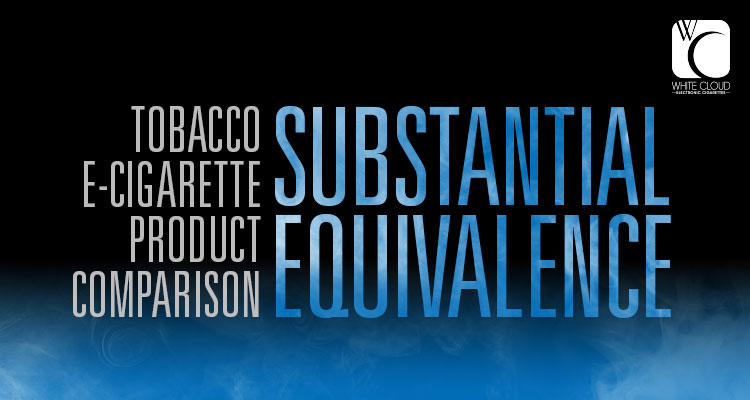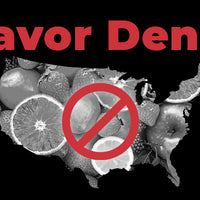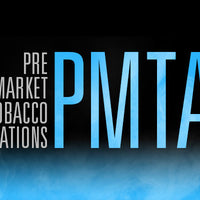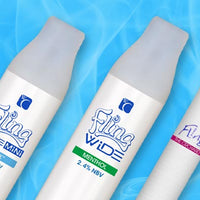Among the 499 pages of the FDA’s Deeming Regulations is an option to avoid the PMTA process if a manufacturer can prove that any of their products introduced to the market after the set grandfather date of February 15, 2007, are “substantially equivalent” to a product that was on the market prior to the set date. This is known as the “Substantial Equivalence” process.
Vaping vs. The FDA’s Substantial Equivalence Process
One of the biggest concerns with the FDA’s Substantial Equivalence process is the fact that about 99% of the vaping industry didn’t exist prior to the grandfather date. Electronic cigarettes were first introduced to the US market in 2007, and at that time simple cig-a-likes were the only vapor products available. Other types of vaping devices, such as Mods and Ego pens, did not exist; therefore, those who manufacture vapor products other than cig-a-likes really don’t have the option to apply for the Substantial Equivalence process. But for those who might have a chance, the set requirements are still a bit murky and have raised some questions.
Below you will find those questions, along with answers from industry experts.
What are the specifications for claiming substantial equivalence to another product that was on the market before 2007?
When going through the substantial equivalence pathway to FDA approval, an e-cig manufacturer must provide proof that a product has the same characteristics as a predicate tobacco product – a product that was on the market prior to the grandfather date. According to the FDA’s website, “If the new product raises different questions of public health, the product is not substantially equivalent.”
The FDA has also stated that at least one vaping product was introduced to the market prior to the grandfather date; however, the FDA has not provided any information on the product.
Although the majority of e-liquids are made up of three major ingredients – Propylene Glycol (PG), Vegetable Glycerin (VG) and nicotine – not all e-liquids are the same. The different flavorings added to e-liquids are what make all e-liquids unique, and each flavoring has more than one component. Therefore, flavored e-liquids, along with their varying nicotine levels, will be required to enter a separate PMTA process per flavor and per nicotine level.
If a company is using vegetable glycerin that has been tested and approved by another company, would other companies that use the same product be subject to their own testing and PMTAs?
When it comes to individual e-liquid ingredients, it all depends on the intent of how the ingredient will be used. If the vegetable glycerin in question is intended to be used as an ingredient mixed into an e-liquid to then be sold to a consumer, then the PMTA process would be required in order for the e-liquid to remain on the market. The same also applies to flavorings: if a flavoring manufacturer sells a flavoring with the intent for that flavoring to be used in e-liquids, then that flavoring will be subject to the PMTA process.






